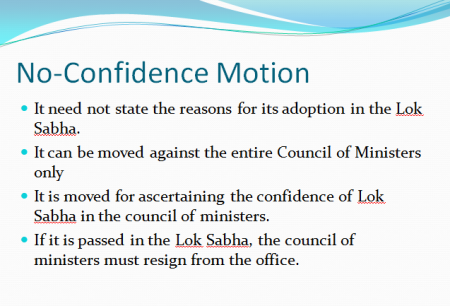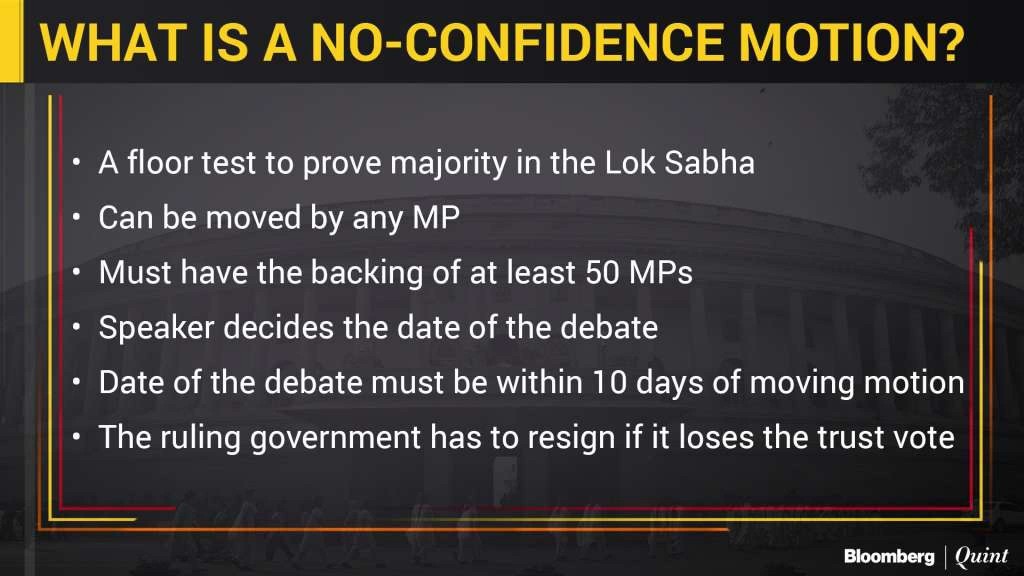No Confidence Motion Presentation
| Introduction to No Confidence Motion | ||
|---|---|---|
| A no confidence motion is a parliamentary procedure used to challenge the government's legitimacy. It allows the legislature to express its lack of confidence in the current administration. This motion is typically initiated by the opposition party or dissenting members of the ruling party. | ||
| 1 | ||
| Process of No Confidence Motion | ||
|---|---|---|
| The motion is usually introduced in the form of a resolution in the parliament. It requires a minimum number of members to support it, often a specific percentage or absolute number. The motion is debated and voted upon, usually within a specified timeframe set by the parliamentary rules. | ||
| 2 | ||
| Outcomes of No Confidence Motion | ||
|---|---|---|
| If the motion is successful, the government is usually forced to resign or call for new elections. In some cases, the motion may lead to a change in leadership within the ruling party or coalition. However, if the motion fails, the government retains its position and continues to function. | ||
| 3 | ||
| Significance of No Confidence Motion | ||
|---|---|---|
| No confidence motions play a crucial role in holding governments accountable. They provide a platform for opposition parties to voice their concerns and challenge the government's policies. These motions can serve as a check on the executive power and ensure transparency in governance. | ||
| 4 | ||
| Examples of No Confidence Motions | ||
|---|---|---|
| In 2018, a no confidence motion was brought against the Indian Prime Minister Narendra Modi's government, but it failed to pass. In 2020, a successful no confidence motion led to the resignation of the Finnish Prime Minister Antti Rinne. The UK Parliament has witnessed several no confidence motions, including one in 2019 that resulted in the dissolution of the government. Conclusion: No confidence motions are an important tool in democratic systems to hold governments accountable and ensure the functioning of a transparent and responsive administration. |  | |
| 5 | ||

